Historical context will improve local journalism
Efforts to prevent schools from teaching about our country’s history of racial violence and discrimination will lead to better local journalism about race and inequality in 2022. For the first time in generations, some newsrooms will start to question their own understanding of how the past has shaped who has wealth, power, and problems in their communities — and how their own narratives shaped that understanding.
While Nikole Hannah-Jones’ 1619 Project has challenged the dominant white narrative of U.S. history, it’s the scrambling, over-the-top reaction to it by those whose power relies on the policies it helped justify that will awaken local newsrooms.
The word “redlining” is showing up in local news stories about current problems with increased frequency — glimpses of acknowledgement that housing discrimination shaped the modern identity and disparate wealth of almost every major city and town in the country.
If historical context about racial discrimination is on the checklist for every story journalists pursue, it will change how we write about labor, education, health care, transportation, crime, technology, and the environment.
A starting point for some will be to write about how the telling of local history has been warped to protect and perpetuate the power of those who benefited from that discrimination. That’s where coverage of the backlash to the 1619 Project and Critical Race Theory at the school board level should naturally lead. A few are even daring to write about how their own local newspapers, TV, and radio stations led that past propaganda effort, through either outright complicity or casual deference to power.
Newsrooms — realizing they can’t put out accurate and meaningful journalism without giving historical context the weight it deserves — will insist that reporters and editors be serious students of this history. Stories about unequal outcomes by race, ethnicity, gender, or other demographic factors will be rejected as incomplete without it.
Matt DeRienzo is editor-in-chief of the Center for Public Integrity.

Efforts to prevent schools from teaching about our country’s history of racial violence and discrimination will lead to better local journalism about race and inequality in 2022. For the first time in generations, some newsrooms will start to question their own understanding of how the past has shaped who has wealth, power, and problems in their communities — and how their own narratives shaped that understanding.
While Nikole Hannah-Jones’ 1619 Project has challenged the dominant white narrative of U.S. history, it’s the scrambling, over-the-top reaction to it by those whose power relies on the policies it helped justify that will awaken local newsrooms.
The word “redlining” is showing up in local news stories about current problems with increased frequency — glimpses of acknowledgement that housing discrimination shaped the modern identity and disparate wealth of almost every major city and town in the country.
If historical context about racial discrimination is on the checklist for every story journalists pursue, it will change how we write about labor, education, health care, transportation, crime, technology, and the environment.
A starting point for some will be to write about how the telling of local history has been warped to protect and perpetuate the power of those who benefited from that discrimination. That’s where coverage of the backlash to the 1619 Project and Critical Race Theory at the school board level should naturally lead. A few are even daring to write about how their own local newspapers, TV, and radio stations led that past propaganda effort, through either outright complicity or casual deference to power.
Newsrooms — realizing they can’t put out accurate and meaningful journalism without giving historical context the weight it deserves — will insist that reporters and editors be serious students of this history. Stories about unequal outcomes by race, ethnicity, gender, or other demographic factors will be rejected as incomplete without it.
Matt DeRienzo is editor-in-chief of the Center for Public Integrity.
Richard Tofel

S. Mitra Kalita

Sarah Marshall

Amara Aguilar

Jim Friedlich

Sarah Stonbely

Mandy Jenkins

Brian Moritz

Sam Guzik

Catalina Albeanu

Tom Trewinnard

Gabe Schneider

Matt DeRienzo

Rachel Glickhouse

Zizi Papacharissi

A.J. Bauer

David Cohn

Izabella Kaminska

Daniel Eilemberg

Simon Galperin

Ariel Zirulnick

Chicas Poderosas

Christina Shih

Mike Rispoli

Millie Tran

Moreno Cruz Osório

Andrew Freedman

Jody Brannon

Cherian George

Jesse Holcomb

Julia Munslow

Gonzalo del Peon
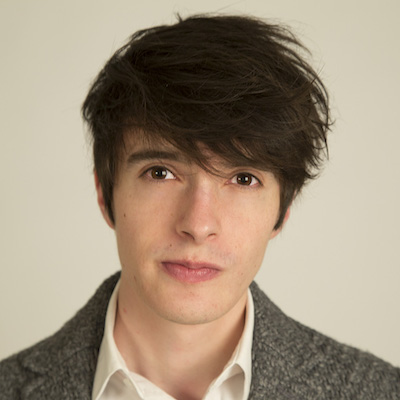
Shalabh Upadhyay

Joni Deutsch

Janelle Salanga

Julia Angwin

Kristen Jeffers

Joe Amditis

Wilson Liévano

Tamar Charney

Whitney Phillips

Burt Herman
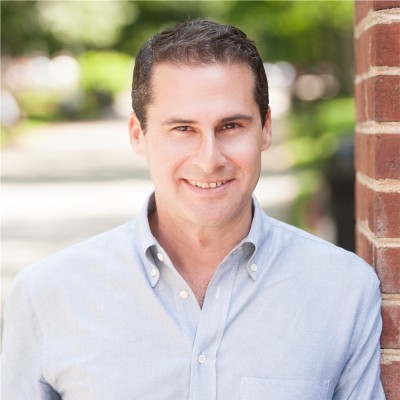
Kristen Muller
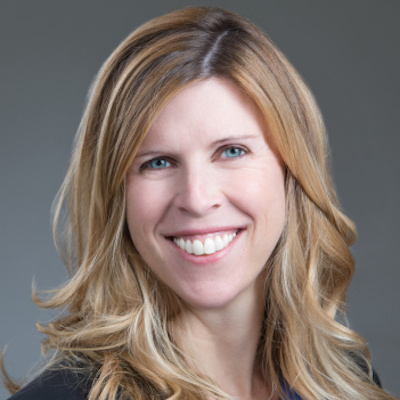
Shannon McGregor Carolyn Schmitt

Meena Thiruvengadam

Gordon Crovitz

Juleyka Lantigua

Jonas Kaiser

j. Siguru Wahutu

Paul Cheung

Kerri Hoffman

Christoph Mergerson
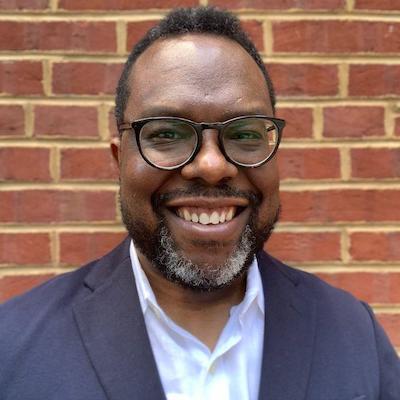
Larry Ryckman

Robert Hernandez

Cindy Royal

Matt Karolian

Victor Pickard

Errin Haines

Mary Walter-Brown

Anthony Nadler

James Green

David Skok

Nikki Usher

Francesco Zaffarano
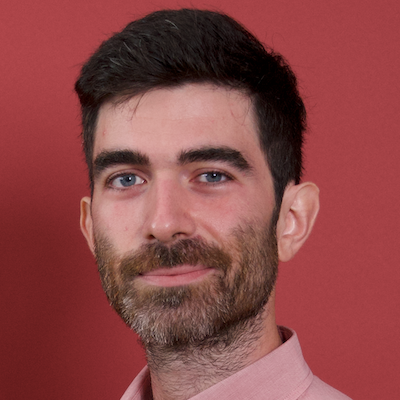
Doris Truong

Matthew Pressman

Parker Molloy

Jesenia De Moya Correa

Michael W. Wagner

Simon Allison

Joshua P. Darr

Stefanie Murray

Kathleen Searles Rebekah Trumble

AX Mina

Candace Amos

Anika Anand

Rasmus Kleis Nielsen

Joanne McNeil

John Davidow

Jennifer Brandel

Cristina Tardáguila
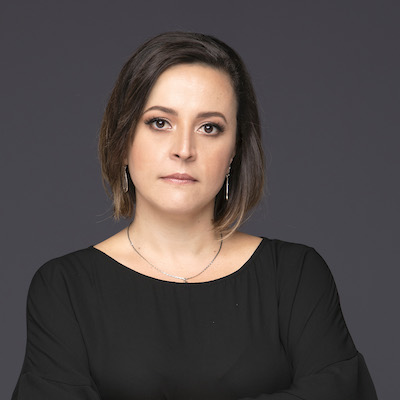
Joy Mayer

Alice Antheaume

Kendra Pierre-Louis

Ståle Grut

Laxmi Parthasarathy

Eric Nuzum

Amy Schmitz Weiss

Melody Kramer

Jennifer Coogan

Jessica Clark

Natalia Viana

Mario García

Tony Baranowski

Anita Varma

Megan McCarthy

Stephen Fowler

Don Day

Raney Aronson-Rath

Chase Davis
